Max Dupain OBE (1911–1992) was a pioneering modernist photographer. Born in Sydney, he received his first camera as a teenager and trained with photographer Cecil Bostock while working as his assistant. After setting up his own studio in 1934, Dupain established his reputation with portraiture and advertising work, gained exposure in the lifestyle magazine The Home, and photographed ballet dancers for the ABC, including dancers from the Kirsova Ballet and the three Ballets Russes companies that toured Australia between 1936 and 1940. While Dupain was on service during the Second World War, he briefly worked for the Department of Information from 1945 to 1947, photographing Australia for propaganda purposes. His then-wife Olive Cotton, one of very few professional women photographers in Australia, ran his studio. In the 1950s Dupain turned increasingly to architectural photography, collaborating in particular with architects Samuel Lipson, Sydney Ancher and Harry Seidler. From 1958 to 1973 he documented the construction of the Sydney Opera House. During the same period, he began photographing historic properties for the National Trust and recorded Canberra's new buildings for the National Capital Development Commission. In 1975 the Australian Centre for Photography mounted the touring exhibition Max Dupain: A Retrospective 1930–1975. This show brought Dupain's name to the attention of the wider public, and turned The Sunbaker, taken nearly 40 years earlier, into a definitive Australian image. Dupain continued to operate his studio on Sydney's Lower North Shore until he died at the age of 81.
Portraits
The photographer's shadow (Olive Cotton and Max Dupain) c. 1935 (printed 1999)
Olive Cotton Max Dupain OBE age 24
David Moore, Max Dupain and John Gollings 1980 (printed 2001)
Kate Gollings Max Dupain OBE age 69

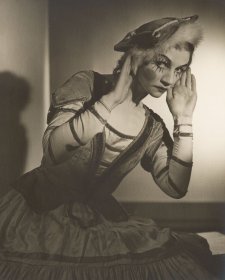
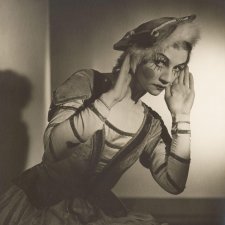
Max Dupain part 2
Recorded 1975
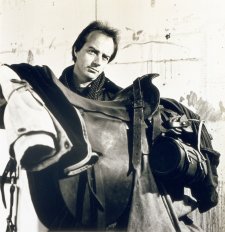
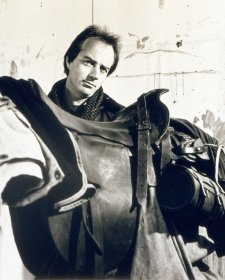
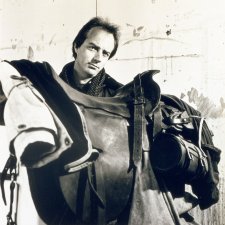
Max Dupain part 1
Recorded 1975
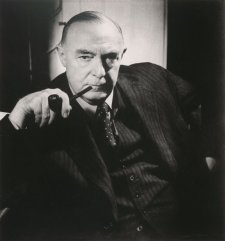
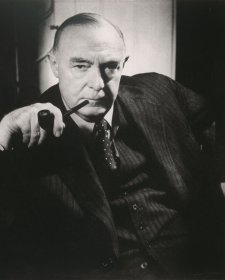
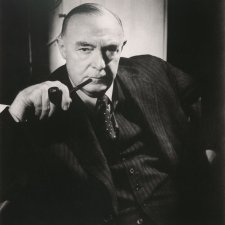
Dupain detective
Johanna McMahon revels in history and mystery in pursuit of a suite of unknown portrait subjects.



Vintage Max
Gael Newton delves into the life and art of renowned Australian photographer, Max Dupain.




